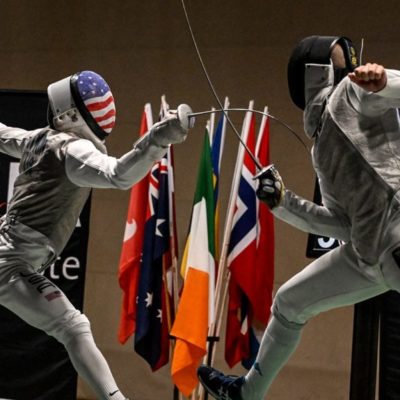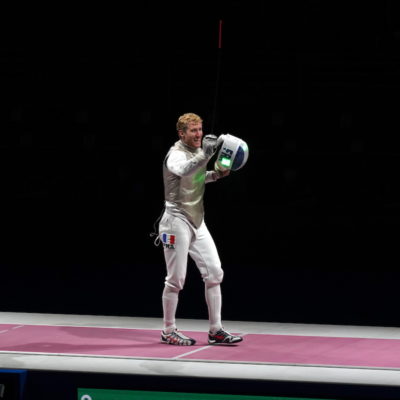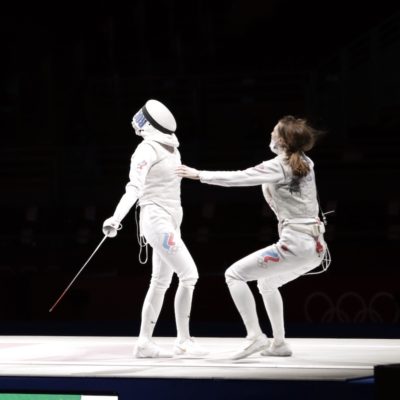 This post comes by way of the Fencing.Net forums. In a discussion of foil right-of-way interpretations, the subject of the ending of the attack in foil came up. [relevant post here].
This post comes by way of the Fencing.Net forums. In a discussion of foil right-of-way interpretations, the subject of the ending of the attack in foil came up. [relevant post here].
User Erik Blank emailed the USFA for rules clarification:
From: Erik Blank
I have recently been getting some rather confusing information about a ‘new’ (to me) interpretation regarding the end of a foil attack. The information is being relayed to me by someone that I generally trust, but itseems quite counter intuitive to me, so I am hoping that you can either confirm, deny, or (better yet) explain what is going on.A friend and accomplished competitive fencer took the referee exam and passed quite well, under thewatchful eye of a member of the FOC. She then went on to earn a 6 rating. As part of this training and study this person was informed that there is now an interpretation saying that the foil attack is now being judged to have ended with the full extension of the arm.
I know that the attack in Saber is to be considered over with the landing of the front foot, but search as I may, I cannot find this rule regarding the foil attack anywhere in the rule book. This referees statement is that while this may not be in the rule book,this is how things are being called at top rated competitions, and it is how things should be called everywhere.
Can you please provide me with some direction on where I might find supporting evidence for this new interpretation, or a heads up on when this may be actually added into the USFA rule book?
Thank you for your time. I look forward to hearing from you soon.
The response came via Bill Oliver, member of the FOC:
Mr Blank,
The end of the attack in foil is not definitively defined in the USFA rules, as is the case with many conventions of fencing. Coaches, athletes and referees, at the highest level in the USFA, have determined that there is a logical end to the attack in foil, which occurs with or just after the landing of the front foot. After this time, the opponent has the opportunity to initiate a new action that can have priority. No hesitation can be tolerated in this responsive action.
I hope this sheds some light on this situation.
Sincerely,
Bill Oliver
Chair, Rules Committee
Fencing Officials Commssion
Key points to note:
- There is no formal definition codified in the 2009-2010 rules as to the end of the attack in foil, as there is in sabre.
- Many referees are beginning to apply the sabre convention, rightly or wrongly, to foil
- The FOC statement above moves foil towards sabre with the foil attack ending “with or just after the landing of the front foot”
There are rumors of a coming adjustment to the foil rules to add in wording either identical to or similar to the wording in the sabre rules on the end of the attack. As of this date (June 2010), that has not happened. Keep up to date on the current fencing rules interpretations by making sure to check out the Fencing Officials Commission site on a regular basis.






18 Comments
Comments are closed.